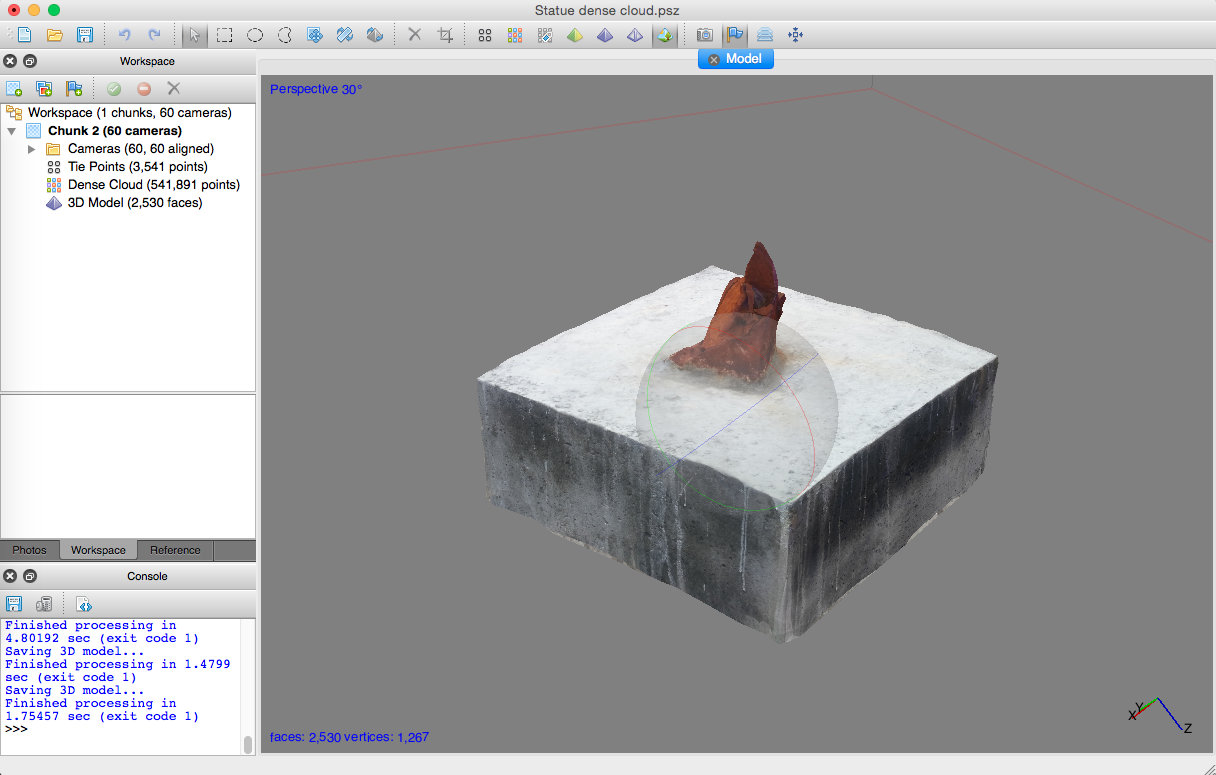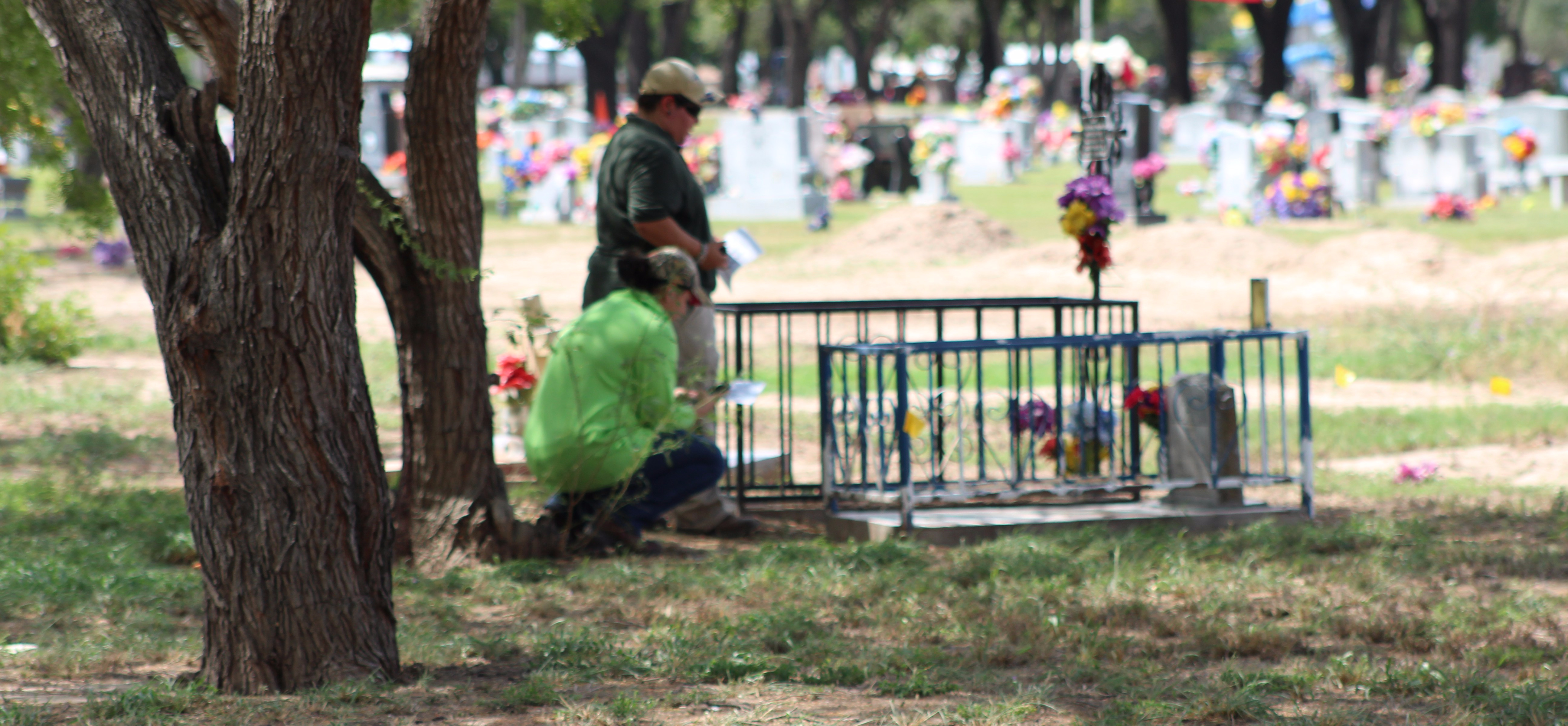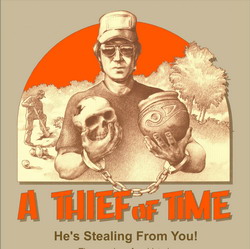We are happy to present the preliminary analyses from the cemetery project at the annual meeting of the Texas Archaeological Society in San Antonio on October 27, 2018. Because space on a poster is at a premium, we are listing our references here and linking to them with a QR code on the poster. You can download a copy of the poster here as well.

References
Baker, Brenda J., Tosha L. Dupras, and Matthew W. Tocheri. (2005). The Osteology of Infants and Children. Texas A&M University Press, College Station, TX.
Buikstra, Jane E., and Douglas H. Ubelaker. (1994). Standards for data collection from human skeletal remains: Proceedings of a seminar at the Field Museum of Natural History. Arkansas Archeological Survey, Fayetteville, AR.
Burns, Chester R. “EPIDEMIC DISEASES.” The Handbook of Texas Online| Texas State Historical Association (TSHA), 12 June 2010, tshaonline.org/handbook/online/articles/sme01.
Camp, Stacey, Benjamin Carter, Autumn Painter, Sarah M. Rowe, and Kathryn Sampeck. (n.d.) Teaching Archaeological Mapping and Data Management with KoBoToolbox. In Digital Heritage and Archaeology in Practice, Ethan Watrall and Lynne Goldstein, editors. University Press of Florida, Gainesville.
Fischler, Jacob. “Archaeology Project Getting to the Bottom of Cemetery’s Mysteries.” The Monitor, 24 July 2013, www.themonitor.com/news/local/article_cca5108c-f3e6-11e2-ae09-001a4bcf6878.html.
Flores, Daniel A. “Exhibit on Rio Grande Valley’s Violent History to Be on Display at Texas State Museum.” The Monitor, 17 Jan. 2016, www.themonitor.com/life/article_bd2e0f70-bbb0-11e5-adba-07b243b0d803.html.
Garcia, J. (2011). EDINBURG. Charleston, SC: ARCADIA Publishing.
Rosales, F.A. (1996). Chicano! The History of the Mexican American Civil Rights Movement.
Graham, Rod. “Texas Warm Winter Vacation, Snowbirds Retire in Texas, The Winter Texan Connection.” Texas Warm Winter Vacation, Snowbirds Retire in Texas, The Winter Texan Connection, www.wintertexaninfo.com/.
Jara, Stephanie. “In Pictures: Historical Marker Unveiled to Commemorate 1966 Farm Worker Strike and March.” Rio Grande Guardian, 10 Apr. 2017, riograndeguardian.com/plaque-unveiled-to-commemorate-1966-farm-worker-strike-and-march/.
Morgan, L. (2017, August 24). Hurricanes that Texas may never forget. Retrieved from https://www.al.com/news/index.ssf/2017/08/texas_worst_hurricanes.html




